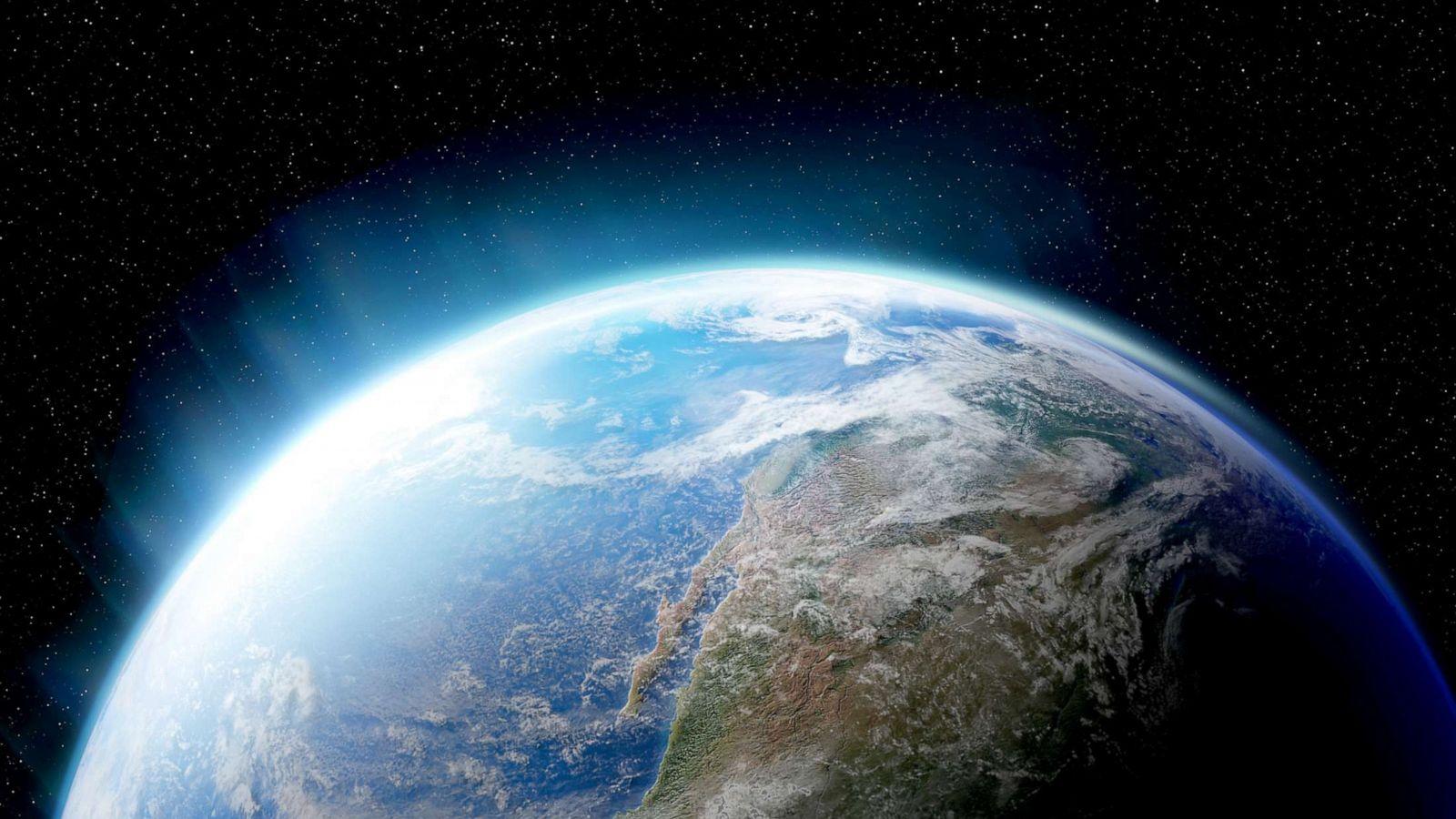
What Would Ben Franklin Do?
by Jocelyn Smerz
Blending Social Studies and Science with a focus on STEM principles. This lesson is one in a series of lessons examining Benjamin Franklin's contribution to science. Students learn about his inventions and how he used an evidence-based approach. In this lesson, students relate how he used mapping skills and scientific evidence to lead to his discovery of the Gulf Stream. Students will learn about the Gulf Stream and map its location. Students will design an experiment and create a thermometer as a tool Franklin would have used to gather evidence.
Lesson Plan Link/URL
https://docs.google.com/presentation/d/1Th4Rsv7JYvdrDnQF26nN1Ma_hU-1aaSm/edit?u…Subject Area
Science Earth and Space Science E1: Earth Systems Engineering S2: Apply the Engineering Design Process S4: Apply Science to Engineering English Language Arts (ELA) Reading (Informational Text) Speaking & Listening
Featured
Off
Related Content

Grades:
4th Grade
In this hands-on lesson, students will construct a model of a volcano and produce lava flows. They will also observe, draw, record, and interpret the history and stratification of an unknown volcano

Grades:
5th Grade
Students will be able to identify the planets in our solar system, describe the difference between rotation and revolution, and engineer a three dimensional model of our solar system.

Grades:
3rd Grade, 4th Grade, 5th Grade, 6th Grade, 7th Grade, 8th Grade, 9th Grade
An overall view of mining, minerals, and their role in our everyday life. This lesson compares the past, present and future of mining and it's relativity to sustaining our way of life.

